We’ve known for a while now that Polestar’s next new pure-electric model will be the 3, an SUV. But if you thought it was simply going to be a taller companion to the volume-oriented Polestar 2 sedan, think again.
Polestar (a joint venture between Volvo and Chinese parent brand Geely) is thinking big with the 3, which has been revealed in final production form at a global media event in Copenhagen, Denmark. It’s a premium, performance product based on an all-new platform (also destined to underpin the next-generation Volvo XC90): available as a dual-motor AWD model from the start, with a minimum 360kW/840Nm.
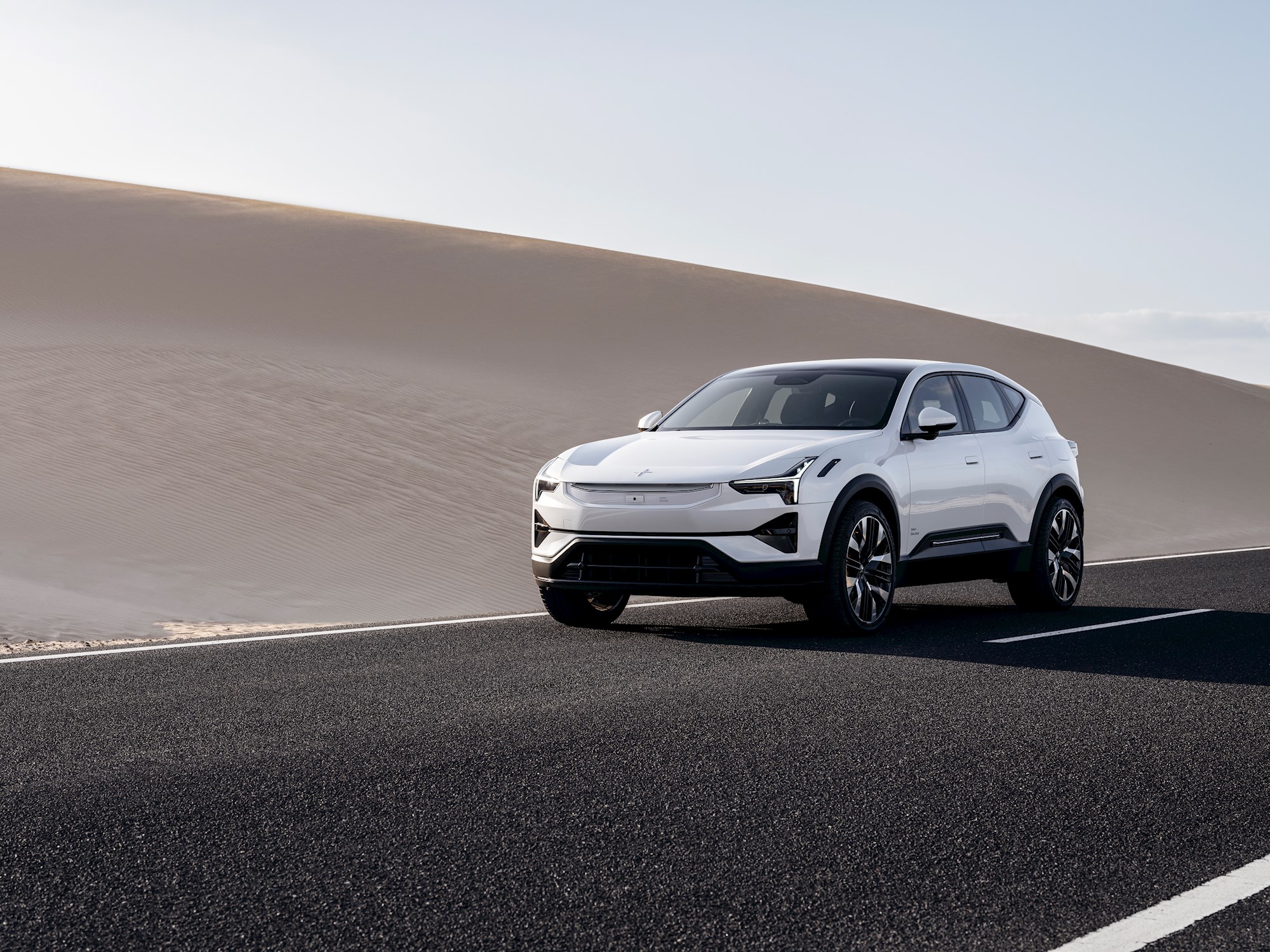
Opt for the Polestar 3’s Performance Pack and outputs rise even further, to 380kW/910Nm, trimming 0.3sec off the 0-100km/h time (4.7sec).
Big numbers, but all perfectly in line with Polestar’s brand mission, which is to be an “electric performance” brand. Its first model was the limited-edition Polestar 1 (2019-21), a hybrid GT. In fact, the Polestar 3 evolves some chassis technology from the 1, including an electric Torque Vectoring Dual Clutch rear axle.
Standard on all 3 variants is dual-chamber air suspension that can adjust once every two milliseconds, with the intention of achieving the best balance between sportiness and comfort, says the company. The suspension is differently calibrated for the Performance Pack, which rides on upsized 22-inch wheels.
Polestar is thinking big on range, too: a substantial 111kWh battery provides 610km on a charge (WLTP). The rear motor can decouple in steady-state driving, to lower power consumption and maximise that distance between charges.
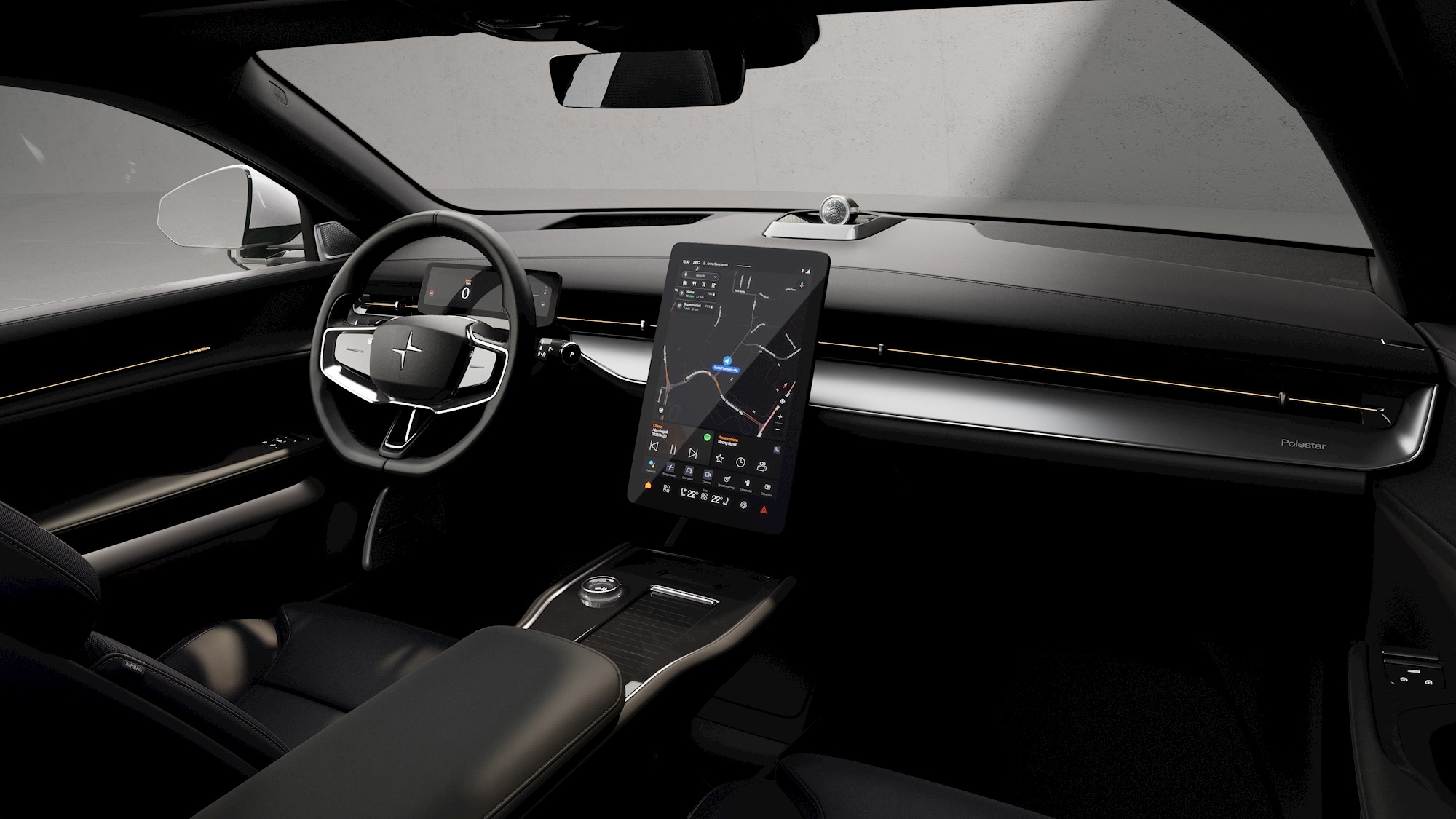
The 3 is the first Polestar to employ new computing architecture, including a new drive computer from Volvo and infotainment powered by the Snapdragon Cockpit Platform. The company says the cloud-based technology will be used to provide “immersive in-vehicle experiences”.
The in-car operating system is still Google-based, delivered through a 14.5-inch portrait touch screen.
The Polestar 3’s styling shows heavy influence from the company’s Precept luxury sedan concept (which will itself be launched as the Polestar 5 in 2024), with lots of subtle aero: inlets built into the bonnet, and a rear spoiler with a hidden “blade”.
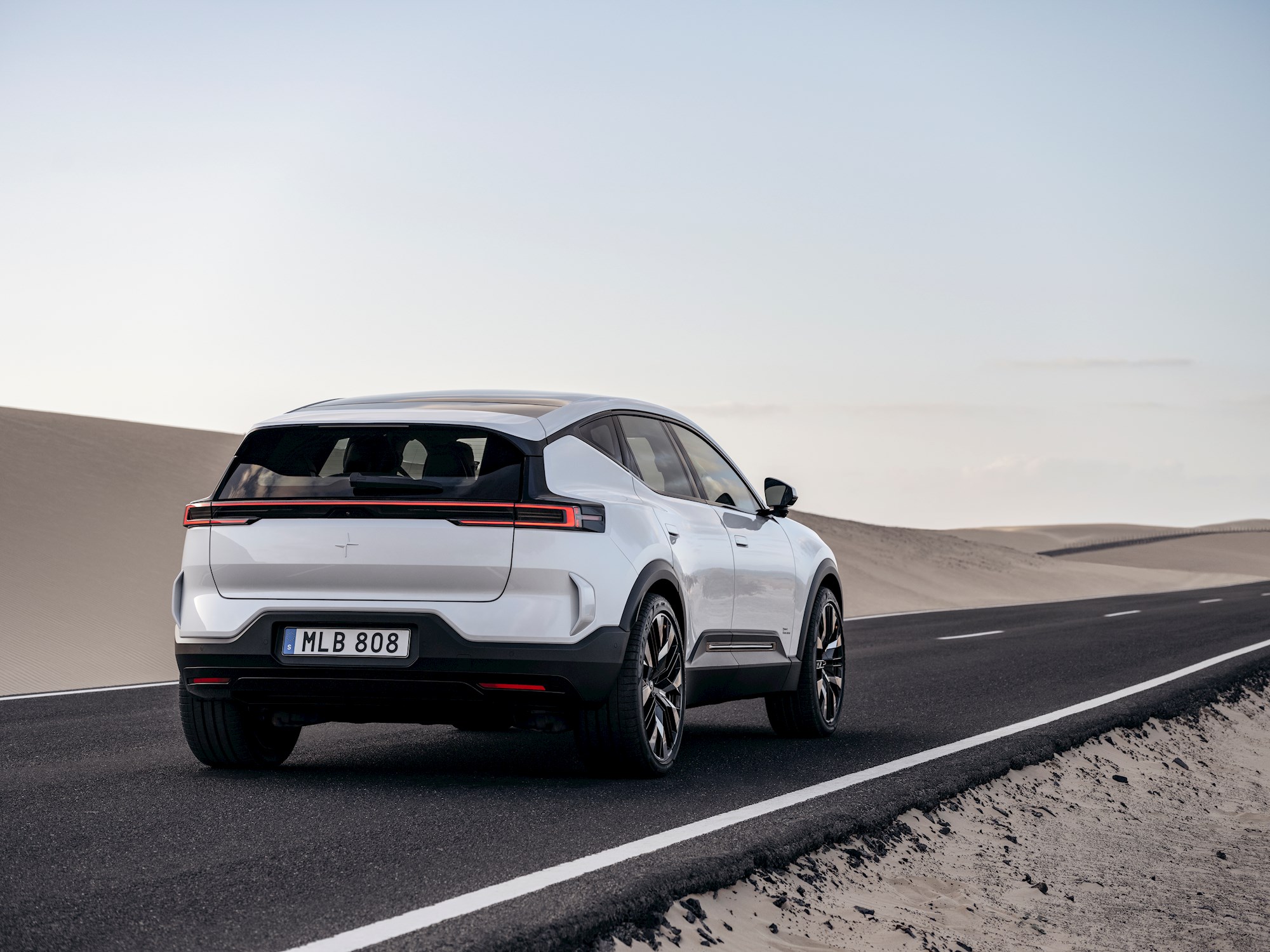
The introverted approach to functional aero is quite similar to Polestar’s sister brand Lotus, with its “carved by air” Eletre SUV (Lotus is also owned by Geely).
There’s also a so-called SmartZone on the Polestar 3 under the front aero wing that will become a brand design signature; it houses sensors, a heated radar module and cameras.
The interior design takes a step further towards the avant garde than the 2 and combines “sustainability credentials [with] premium aesthetics,” says the company. Materials include bio-attributed MicroTech, animal welfare-certified leather and fully traceable wool upholsteries.
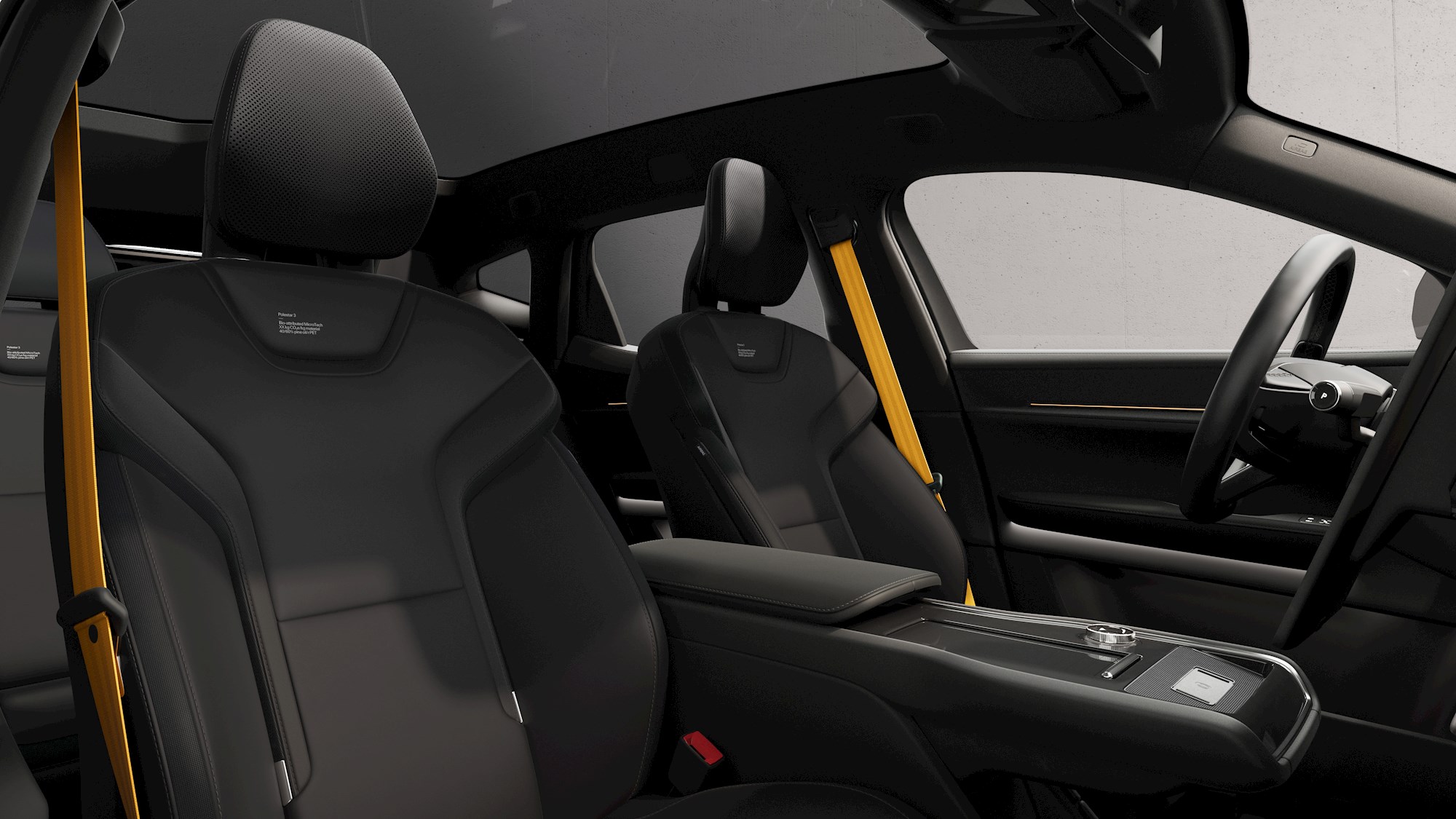
Interior sensors can detect sub-millimetre movements and are linked to the climate control, to avoid heat stroke or hypothermia for occupants left inside the vehicle (including pets). It's a five, rather than seven, seater.
All Polestar 3 models have a full-length panoramic roof, all-LED lighting, retractable door. Handles with proximity sensors and 21-inch alloy wheels.
The Plus Pack and Pilot Pack are also fitted as standard for the first model year says Polestar, and include Bowers & Wilkins 3D sound system, soft-close doors, a head-up display and the complete Pilot Assist suite of driver aids.
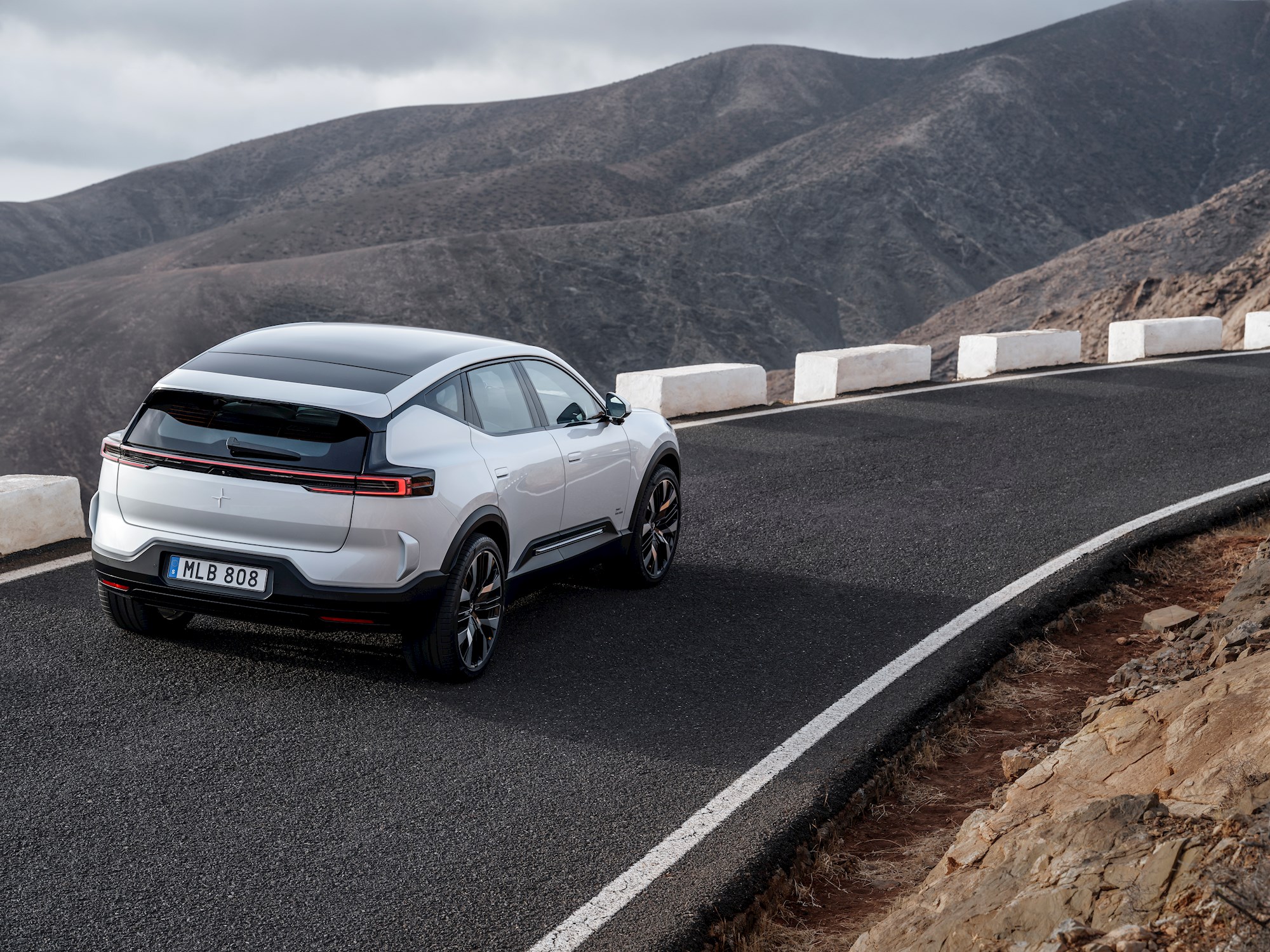
The Polestar 3 will even be built in the land of very big things: it’ll be produced not only in China, but also in the United States. That’s a first for the company.
Launch timing for New Zealand and pricing is not yet announced, but expect the Polestar 3 to be a 2023-24 proposition for Kiwi buyers. It’s been launched in Europe at a start price roughly twice that of the Polestar 2 – further evidence of its premium positioning.
NZ distributor Giltrap Group says the 3 is “designed to compete with the likes of the Jaguar I-Pace and Audi e-tron”, which would place it in the $150k range.
A lower-powered, less-expensive 2WD version is also possible for the future, of course.
But there will also be a smaller SUV to plug the gap between the 2 and 3. Polestar has undertaken to launch a new BEV every year until at least 2026 and following the 3, expect to see the 4 SUV revealed next year (making it a possible 2024 launch for NZ). It’ll be the first Polestar to be based on a bespoke platform – not to be shared with Volvo.
As you might have gathered, Polestar’s model names aren’t intended to signify size or market position, but simply the order in which they are launched. It’s a different way of doing things for a brand that very much likes to be very different.







































